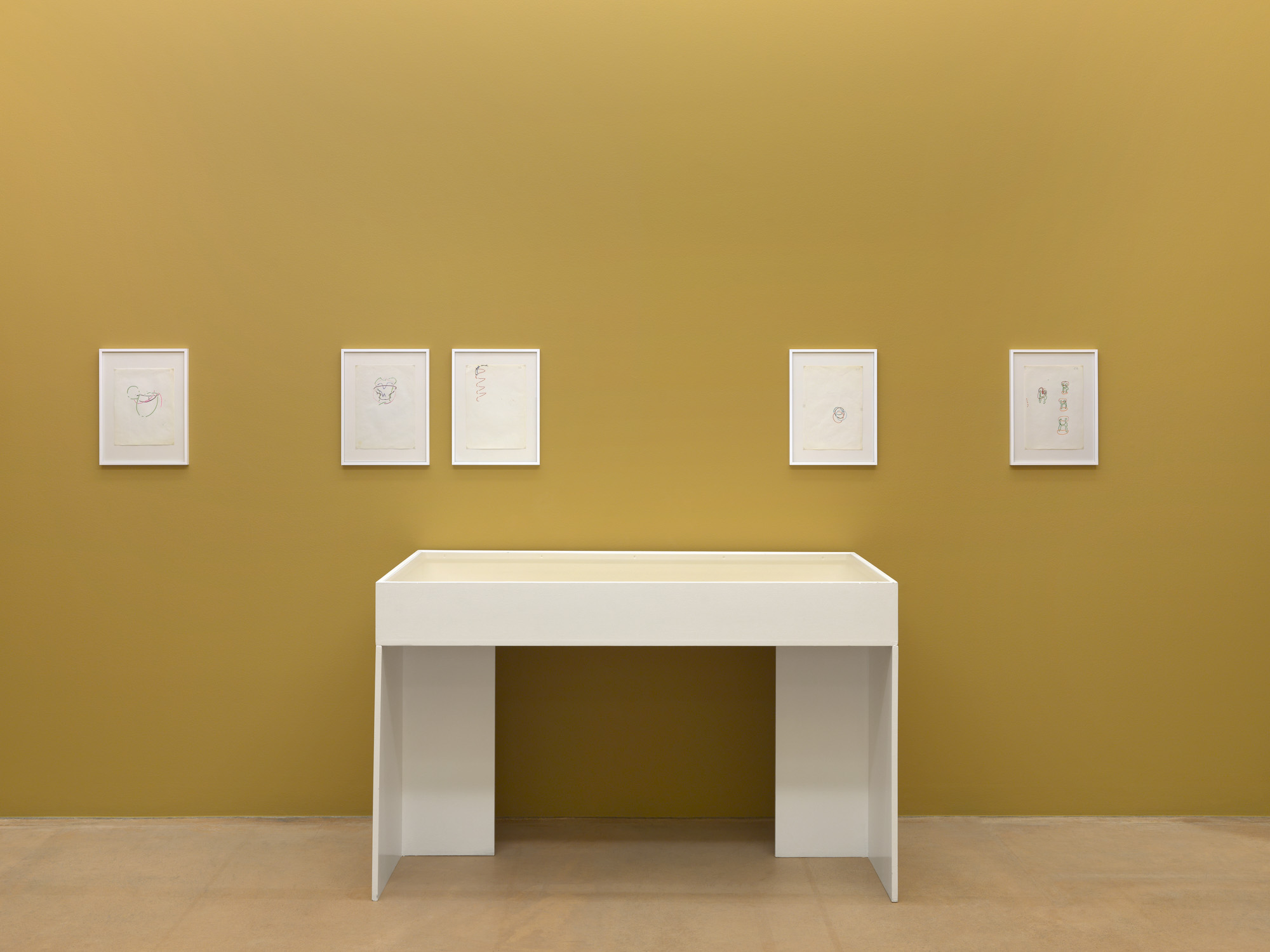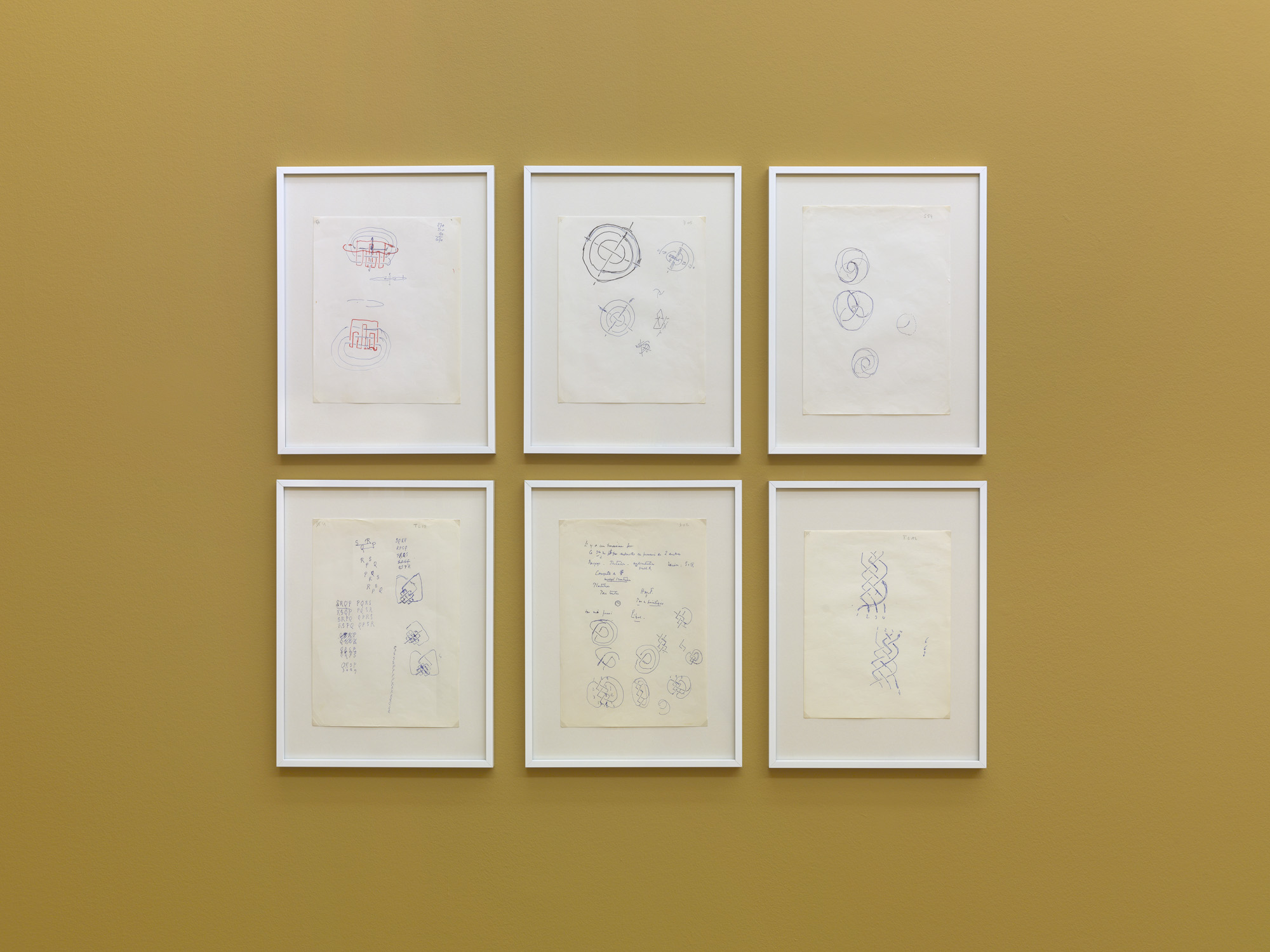French psychiatrist and psychoanalyst Jacques Lacan (1901–1981) was a major figure in the intellectual circles of the 1950s, 1960s, and 1970s. His critical reinterpretation of Freud’s work brought the Austrian psychoanalyst’s theories back into the spotlight after a period of relative obscurity. Lacan’s famous seminars, which started in the 1950s and continued for three decades, attracted sizeable audiences—sometimes a thousand people or more. The attendees were not just students and psychoanalysts but came from all walks of life: artists, philosophers, writers, and filmmakers.
Like Freud before him, Lacan believed that art often lays the foundation for psychoanalysis. He went on to forge a close relationship with art and artists, especially the Surrealists, who harbored a fascination with Freud’s work on the unconscious.
Starting in 1953, topology became a central theme of Lacan’s work. In the 1970s, he collaborated with mathematicians including Jean-Michel Vappereau, to whom he entrusted the drawings on display in the exhibition. Lacan was particularly interested in the Borromean knot, a series of three rings interlinked in such a way that the structure breaks apart if just one of the rings is cut and removed. For Lacan, the Borromean knot was an analogy for the three orders of analytical experience: the Real, Symbolic, and Imaginary (R.S.I.). According to Michel Bousseyroux, this model allowed him to “unlock the mystery of the talking body—in other words, the real unconscious.” It is often said that when the Borromean knot holds together, the subject is not mad. But if the rings separate, the subject is unable to distinguish between the Real, Symbolic and Imaginary. Lacan later added a fourth ring: the sinthome (an old spelling of the French word symptôme, or “symptom”). That concept was inspired—in yet another reference to an artist—by the works of James Joyce. According to Lacan, the rings of Joyce’s Borromean knot are disconnected but Joyce’s writing—as the sinthome—nonetheless holds them together.
For Lacan, the Borromean knot “has to do with writing”: it is something to be read, to be decoded, something inherently time-bound. Visual artists have long been fascinated with this style of drawing, which combines logic, mathematics, and psychoanalysis. The pages that Lacan left behind contain strokes, lines, curves, and interlacing patterns—some reworked, others left unfinished. They capture the process of thought attempting to take shape with the help of the body: a gesture born of a desire, as Lacan himself might have put it.
- Exhibition curated by Martin Widmer

